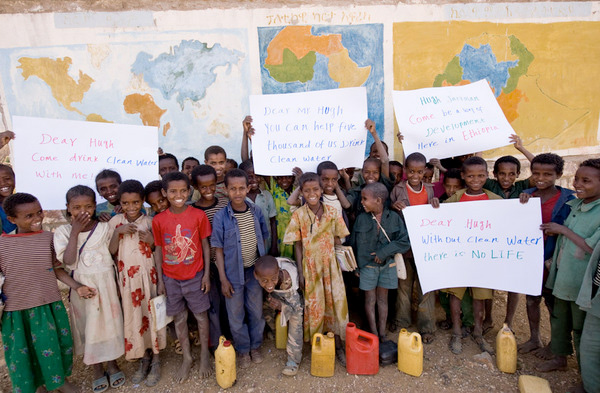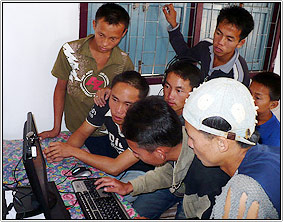Posts Tagged ‘Information and Communications Technology for Development’
Jhai Harmony – Your Support Needed
“There are tens of thousands of dead computers in rural villages all over the world,” says Jhai Foundation Chair Lee Thorn.
“The real problem of sustainability is how do people make money off this technology so they stay interested in it for a long time. Otherwise it’s just some white guy’s dream.”
Jhai Foundation uses community organizing techniques to understand the potential ICT needs in a given village. They go beyond needs assessments to needs dialogues. They then train the entrepreneurs in business and the technology. A local entrepreneur comes up with a business plan that will employ villagers, maintain the computers, and pay for Internet access and electricity. Jhai is experimenting with partners who are setting up sustainable businesses in clinics, community centers and schools.
How did Jhai come to this approach?
As a naval serviceman in the Vietnam War, Lee Thorn helped load planes with bombs meant for airstrikes on Laos. Thirty years later, after working as an activist, business consultant, and teacher, Lee traveled to Southeast Asia in search of reconciliation, and found it through lasting friendships and projects to reinvigorate rural villages.
Since 1997, his Jhai Foundation has helped Laotians and others secure medical supplies, build schools, and establish coffee farms and other businesses.
Jhai listens carefully to the local villagers, and helps them identify needs and opportunities, and create business plans. Local solutions then meet the unique needs of each community, providing sustainable incomes.
Jhai is up and running in Laos and India, and is in discussions in Viet Nam, Ghana, Rwanda, and Bangladesh. The Foundation needs your support at this juncture, to bridge the gap between seven years of R & D, and widespread deployment. Click the hands logo at Jhai.org and donate NOW! (A new website is in the works.)
What’s next for Jhai?
Jhai Foundation has had a 90% success rate over the last 12 years helping local entrepreneurs set up 70 local businesses.
The new JhaiPC 2.0 has been tested in schools and, now, clinics. Jhai with partners will deploy next in sustainable telemedicine implementations. Sustainable telemedicine allows good record-keeping and sharing, measures of five vitals, including EKG, and 2 A/V windows – all at low bandwidth, low cost and low power. Jhai has had inquiries from 60 countries for their tools.
As Chairman of the Jhai Foundation Board, Lee is now focusing on the expansion of operations. He is also working to develop the sustainability of the Jhai Foundation.
To learn more, please visit Jhai.org or contact Lee at lee@jhai.org.
Thanks to Gisela Angela Telis, and her article in the Christian Science Monitor for Lee’s quote.


